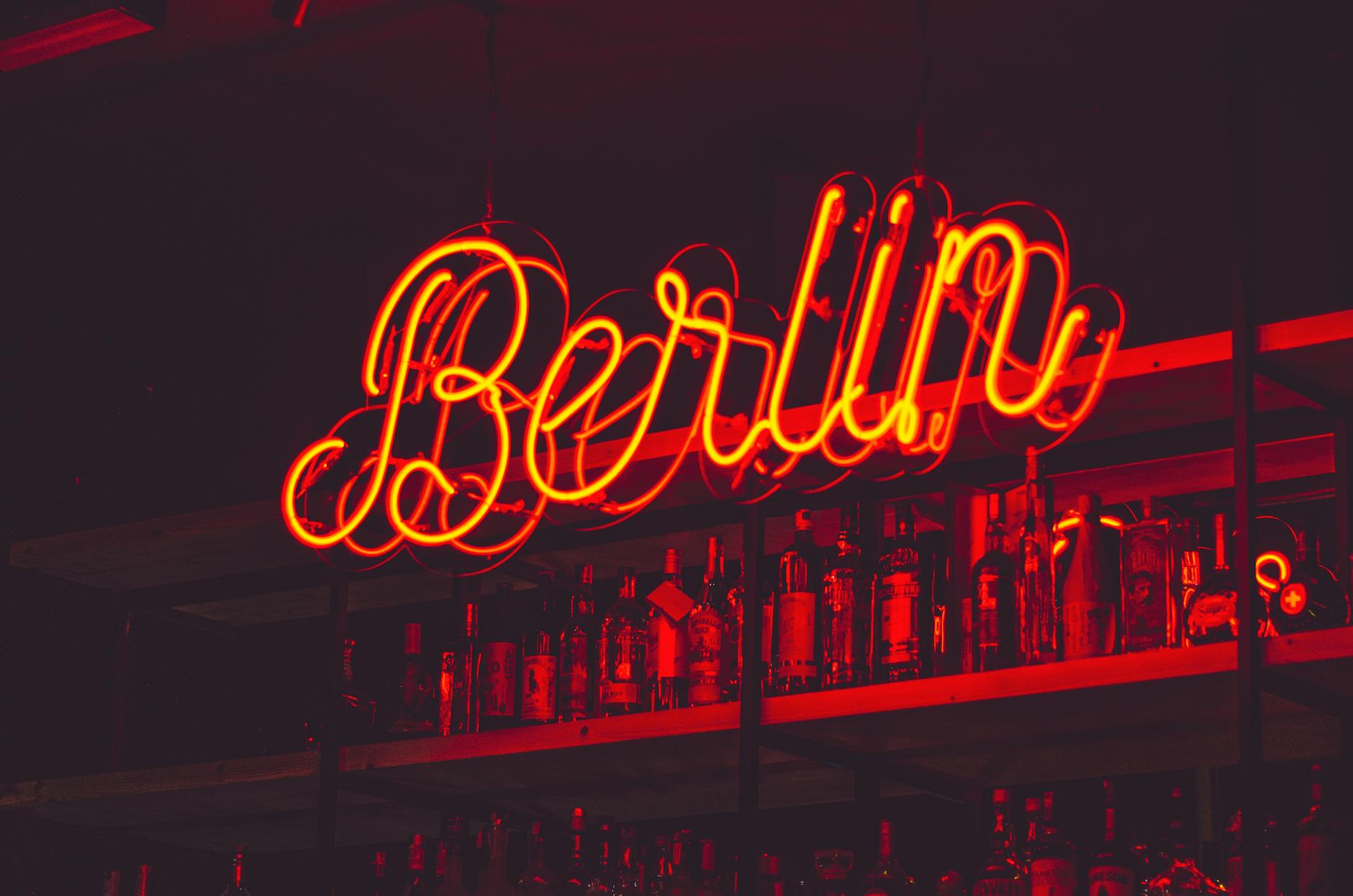Berlin has a rich and diverse musical history that spans decades and genres. From David Bowie to Berghain, the city has been a hub for musical innovation and experimentation. In this article, we’ll explore the story of music in Berlin, from its early days to its current status as a global music capital.
Post-War Berlin (1940s-1950s)
After World War II, Berlin was a divided city. The western part of the city became a center of American-influenced popular music, with jazz and swing clubs popping up throughout the city. Meanwhile, in the Soviet-controlled east, classical music was the dominant genre.
The 1960s
The 1960s saw the rise of the “Berlin Beat” scene, a fusion of American rock and roll and British invasion bands. The Tilsit Club, located in West Berlin, became a popular venue for live music, hosting acts such as the Rolling Stones and the Beatles. Meanwhile, in East Berlin, the state-controlled music scene produced bands such as the Puhdys, who became one of the most successful East German bands of all time.
The 1970s
The 1970s saw the rise of Krautrock, a genre of experimental rock music that originated in Germany. Bands such as Can, Neu!, and Kraftwerk were at the forefront of this movement, creating a new sound that blended rock, electronic, and avant-garde music. Kraftwerk, in particular, became a worldwide phenomenon, influencing generations of musicians with their groundbreaking electronic sound.
The 1980s
The 1980s saw the rise of new wave and punk music in Berlin. The city’s alternative scene was centered around the SO36 club, which hosted bands such as Iggy Pop and the Dead Kennedys. Meanwhile, in East Berlin, the state-controlled music scene continued to produce popular acts, such as the punk band Feeling B.
The 1990s
The fall of the Berlin Wall in 1989 brought about a new era of music in Berlin. The city became a magnet for artists and musicians from all over the world, drawn to the city’s creative energy and cheap rents. Techno music emerged as the dominant genre, with clubs such as Tresor and E-Werk becoming legendary venues for techno parties. The Love Parade, a massive techno festival that took place in the streets of Berlin, became a symbol of the city’s cultural and social transformation.
The 2000s-Present
In the 2000s, Berlin’s music scene continued to evolve and diversify. Electronic music remains a dominant force, with clubs such as Berghain and Watergate hosting some of the biggest names in techno and house music. However, the city has also become a hub for indie, experimental, and alternative music, with venues such as Lido and Kantine am Berghain hosting a diverse range of acts.
Conclusion
Berlin’s music history is a testament to the city’s creative spirit and cultural diversity. From the post-war jazz clubs to the techno temples of today, Berlin has been a hub for musical innovation and experimentation. As the city continues to evolve and change, its music scene remains a vital part of its identity and cultural heritage.



